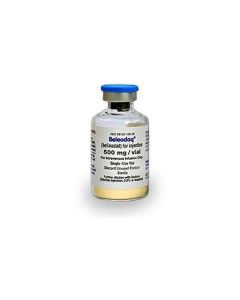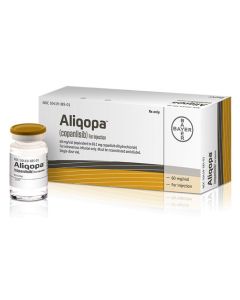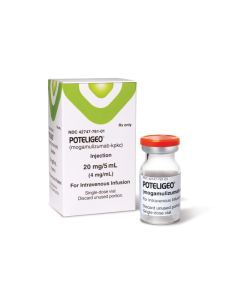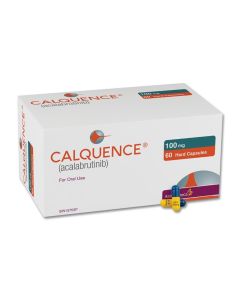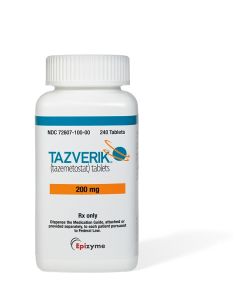Lymphoma access options
Lymphoma is one of three main types of blood cancer, the other two being leukemia and myeloma. Blood cancer is a type of cancer that affects the production and function of blood cells. There are several different types of blood cancer depending on the type of blood cell and how it is affected. Cancer often starts in the bone marrow where blood is produced from stem cells. Stem cells in the bone marrow mature and develop into three types of blood cells: red blood cells, white blood cells, or platelets. In most blood cancers, the normal blood cell development process is interrupted by the uncontrolled growth of an abnormal type of blood cell. These abnormal blood cells... Read more » prevent the blood from performing many of its usual functions, like fighting off infections or preventing serious bleeding. The incidence varies per type of blood cancer, with some being very common and others being rather rare. With 386,000 new cases worldwide, non-Hodgkin Lymphoma was the 10th most common type among all cancers in 2012, followed by leukemia with 352,000 new cases. In 2012, multiple myeloma and Hodgkin Lymphoma were the 23rd and 25th most common cancers worldwide, with 114,000 and 66,000 new cases respectively. Lymphoma is the most common type of blood cancer and occurs when cells of the immune system called lymphocytes (a type of white blood cell) grow and multiply uncontrollably. It’s two main forms are Hodgkin lymphoma (HL) and non-Hodgkin lymphoma (NHL), with the latter being more common than the former. Depending on which mechanism of the white blood cells is affected, cancer can develop in several different ways, and within HL and NHL several subclasses can be differentiated. Lymphoma may develop in many parts of the body, including the lymph nodes, spleen, bone marrow, blood or other organs. Hodgkin and non-Hodgkin Lymphoma - HL, also known as Hodgkin disease, is less common than NHL. Although HL can occur in both children and adults, it is most commonly diagnosed in young adults between the ages of 20 and 343. The global incidence of HL in 2012 was 66,0002. Over 80% of patients with HL survive for five years and many are cured. Most patients treated for HL will receive some form of chemotherapy and sometimes radiation therapy as their first treatment. Follicular lymphoma is a slow developing NHL which accounts for 12% of B-cell NHLs. Symptoms include the enlargement of the lymph nodes, fatigue, shortness of breath, night sweats, and weight loss. Many patients don’t show any obvious symptoms at the time of diagnosis. While it is mostly a slow-growing type of lymphoma, follicular lymphoma can sometimes evolve into an aggressive form.
-
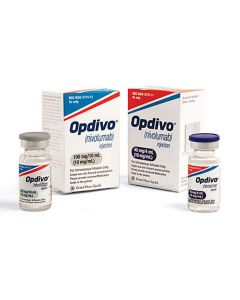 Opdivo (Nivolumab)Urothelial Carcinoma, Colorectal Cancer, Head and Neck Cancer, Kidney Cancer, Liver Cancer, Lung Cancer, Lymphoma, Skin Cancer€867.24
Opdivo (Nivolumab)Urothelial Carcinoma, Colorectal Cancer, Head and Neck Cancer, Kidney Cancer, Liver Cancer, Lung Cancer, Lymphoma, Skin Cancer€867.24 -
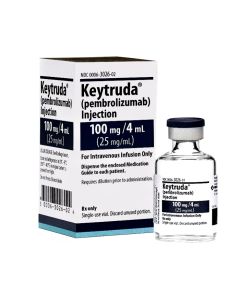 Keytruda (pembrolizumab)Urothelial Carcinoma, Breast Cancer, Colorectal Cancer, Gastric Cancer, Head and Neck Cancer, Kidney Cancer, Lung Cancer, Lymphoma, Skin Cancer€4,225.50
Keytruda (pembrolizumab)Urothelial Carcinoma, Breast Cancer, Colorectal Cancer, Gastric Cancer, Head and Neck Cancer, Kidney Cancer, Lung Cancer, Lymphoma, Skin Cancer€4,225.50 -
 Truxima (rituximab)Leukemia, Lymphoma, Rheumatoid Arthritis, Granulomatosis, Polyangiitis€1,085.70
Truxima (rituximab)Leukemia, Lymphoma, Rheumatoid Arthritis, Granulomatosis, Polyangiitis€1,085.70
Read more about the latest treatments in Lymphoma


